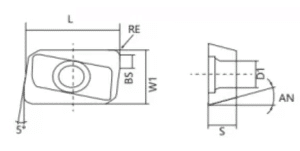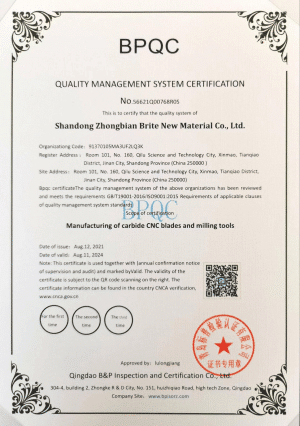Machining footage of different coatings in both roughing and finishing passes reveals how choosing the right coating can have a dramatic effect on the performance of the process. #Basics
Why are cutting tools coated? Most would say it is to protect the tool. That answer is true as far as it goes, but the function of the coating is more varied and more specific than that. In this video, I get to talk about coatings with Julius Schoop, Ph.D., machining expert with the Cincinnati-based manufacturing consulting firm TechSolve. (Actually, he is now formerly with TechSolve—he accepted a university professor position while this video was in production.) Pvd Coated Carbide Insert

In particular, Dr. Schoop and I focus on the difference between physical vapor deposition (PVD) and chemical vapor deposition (CVD) coatings. PVD is a line-of-sight process allowing for a thinner coating and therefore a sharper edge. CVD produces a thicker coating more effective as a thermal barrier.
The machining footage in this video shows the difference as we experiment with different coatings in both roughing and finishing passes in 4140 steel. Choosing the right coating for the cut can have a dramatic effect on the performance of the process.
The more common twist drill point geometries often are not the best for the job at hand. By choosing the best point for the material being drilled, it is possible to achieve better tool life, hole geometry, precision, and productivity.
Many machine shops, on occasion, have a need for welding. It may be for maintenance purposes, repair or to fill the odd contract. This story is a welding process primer for those shops whose main business isn't welding but need to know some basics.

Carbide Insert Drill Simple process considerations can increase your productivity in milling titanium alloys.